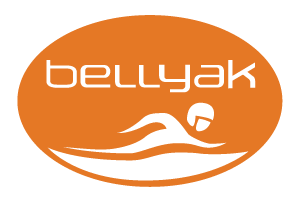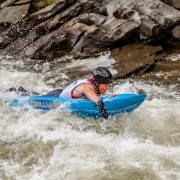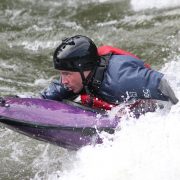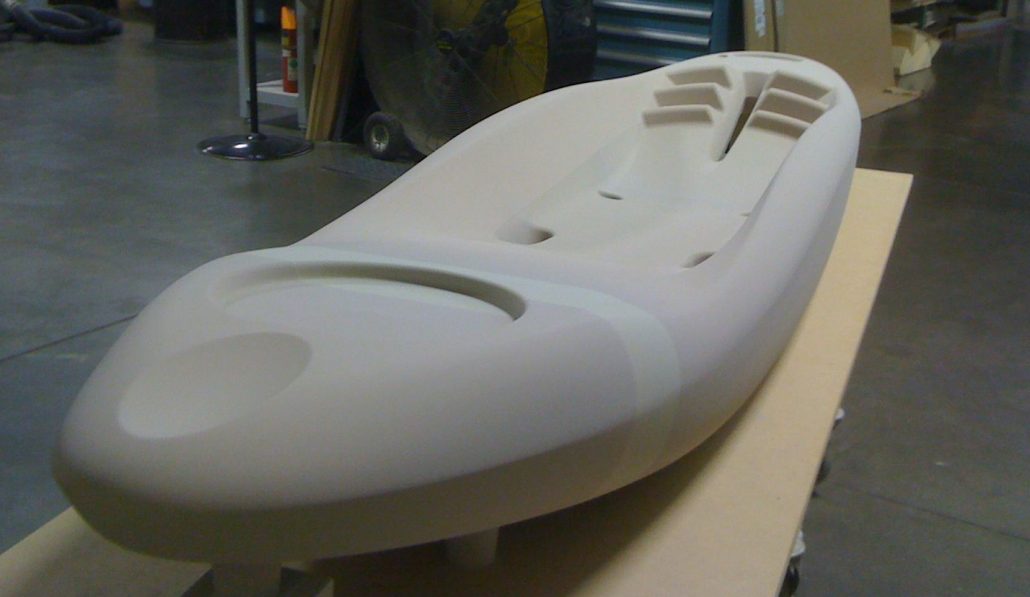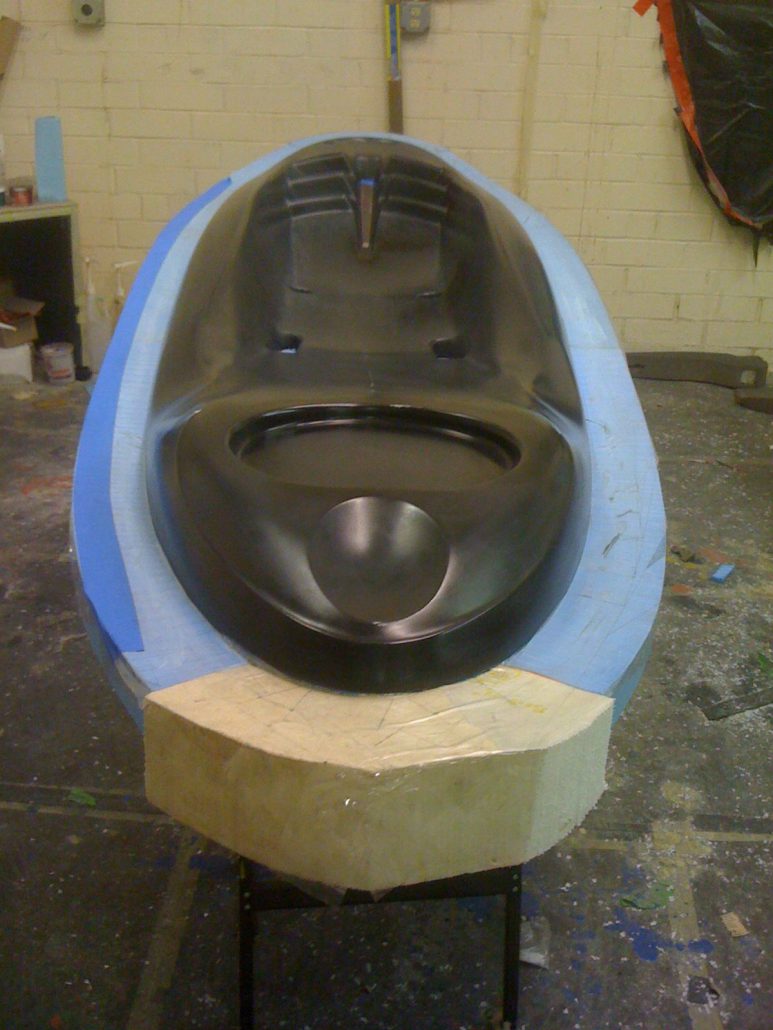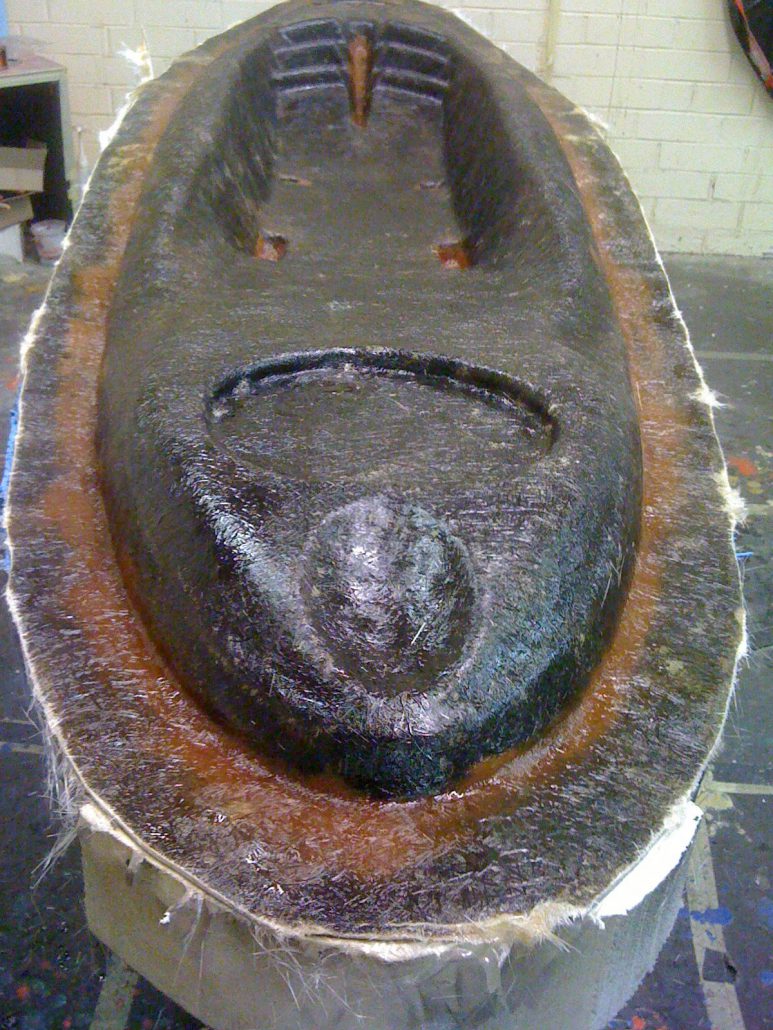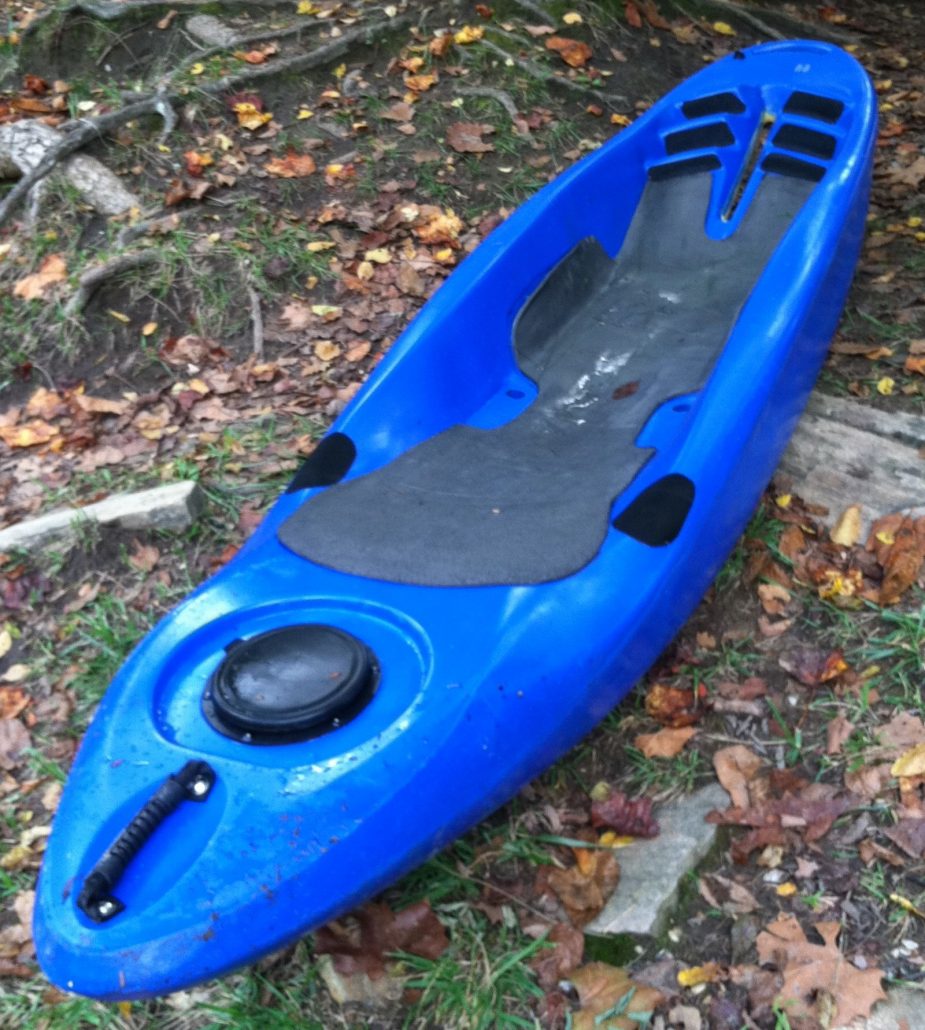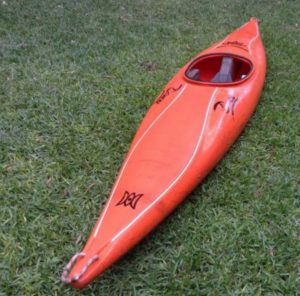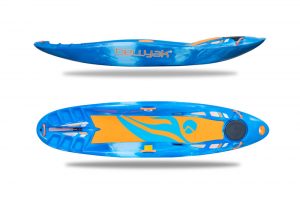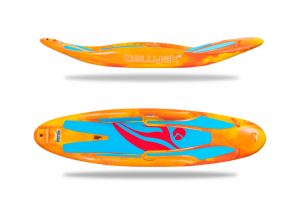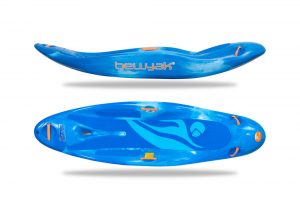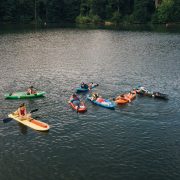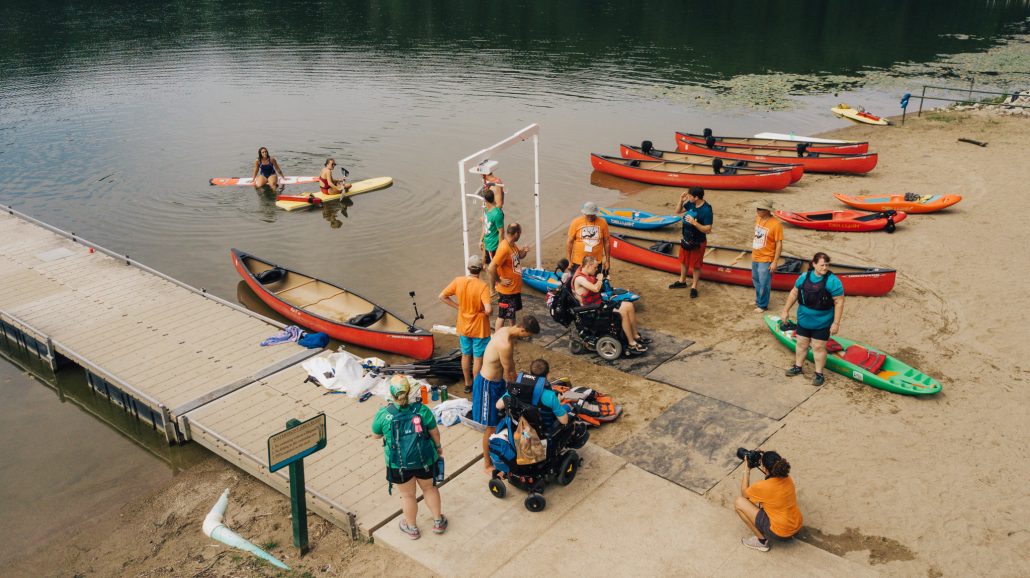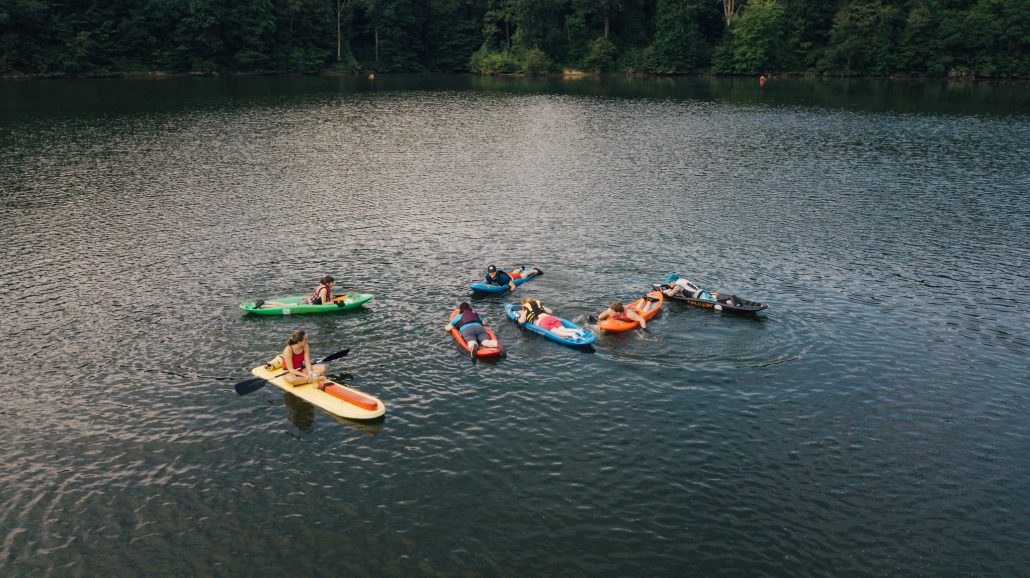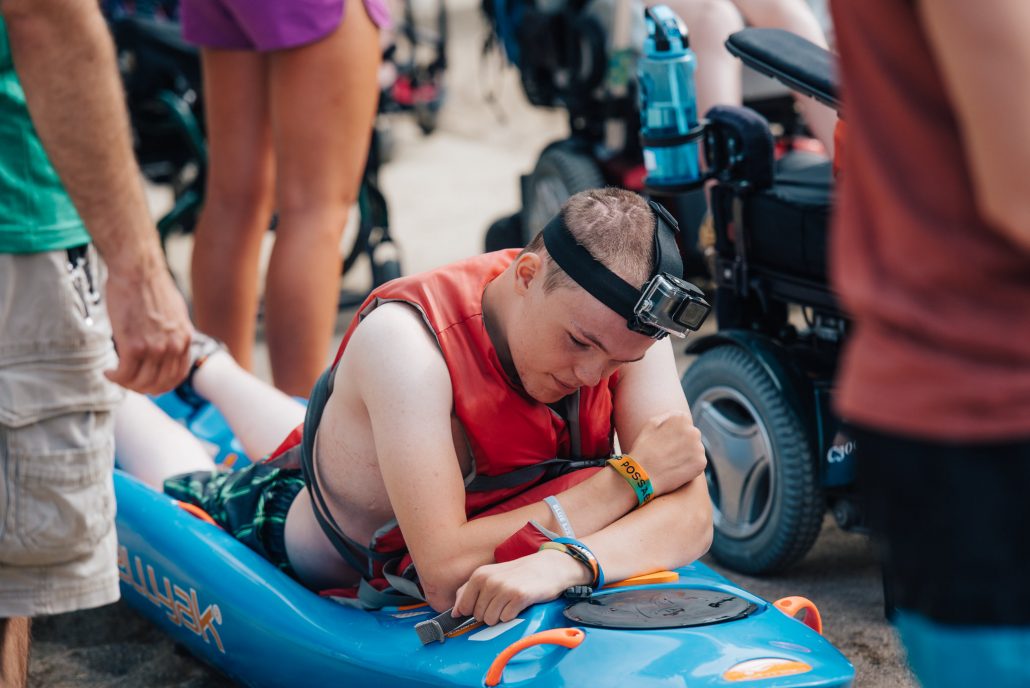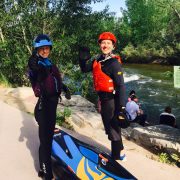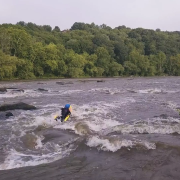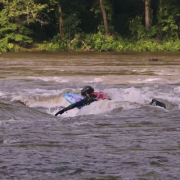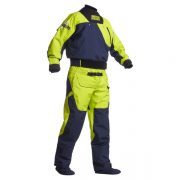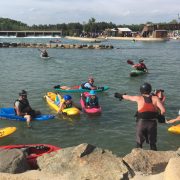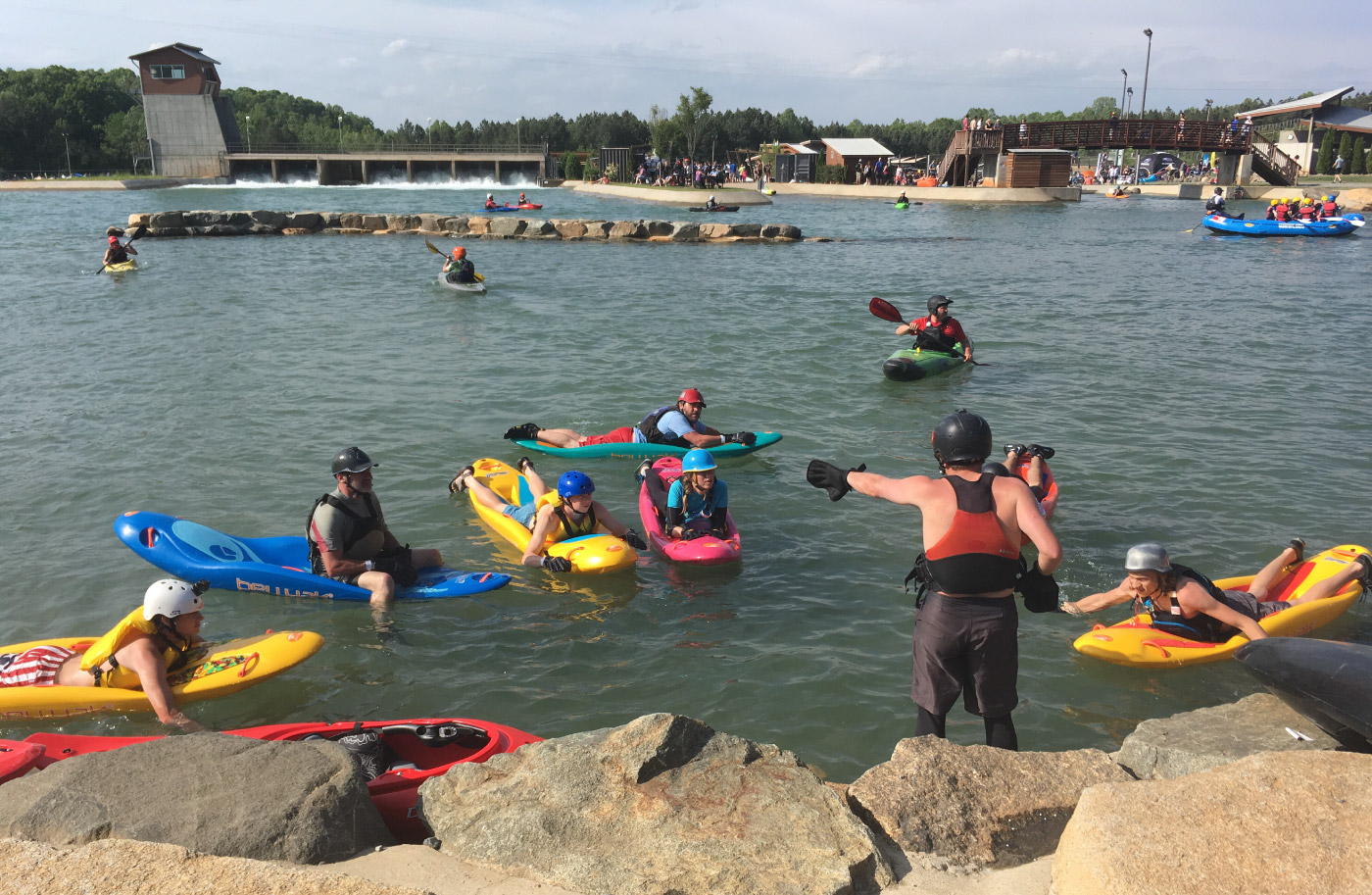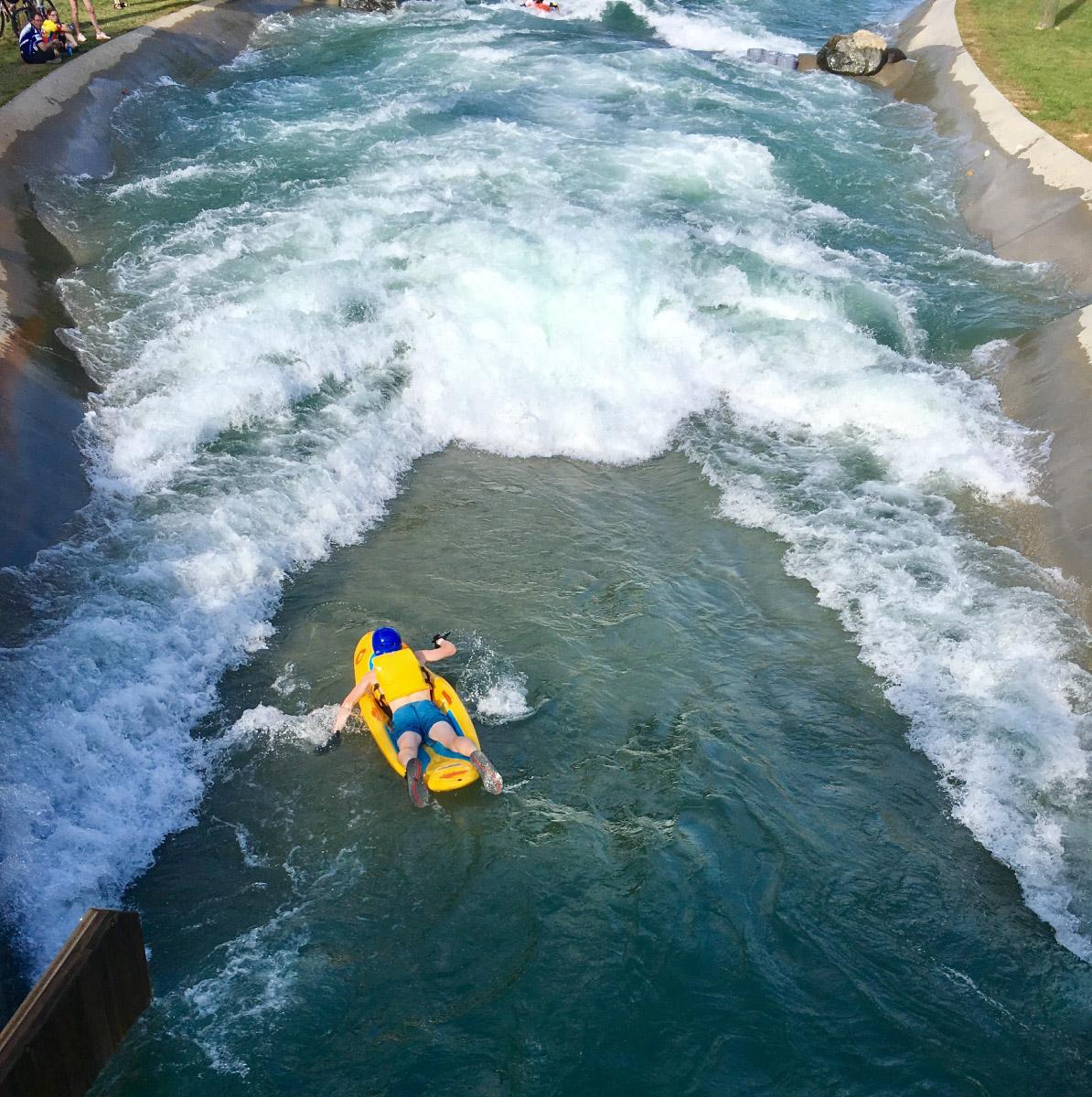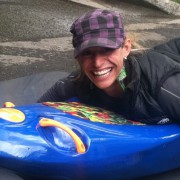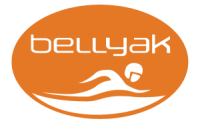The beauty of bellyaking is it’s simplicity. No paddle, no cumbersome sprayskirt, no extra gear. Just you and the boat. While it’s a possibility this is all you may need, most of us don’t live on a remote island in the middle of the desert which would allow such shenanigans. Instead, here’s a list of essential gear for bellyaking; gear we have tested, proven, and use on a regular basis.
Let’s start from the bottom up:
1) Footwear
Sure, the flip flops you wear in the shower at the gym will work, but for bellyaking – especially in moving water/whitewater – you’ll want something more sturdy. Old running shoes work fine, but if you are looking for the most effective footwear, then you’ll want to use Astral Footwear. Astral is known for their PFD’s (more on that in a moment) but they make some of the best aquatic adventure shoes around, that also look stylish!
My personal favorites are the Astral Hiyak:
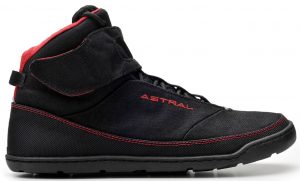
This shoe was built for whitewater bellyaking, if ever a shoe was. The padded ankle, velcro strap, and incredibly tactile soles work amazing on rocky, wet, or uneven terrain.
A less tactical option but still just as functional is the Astral Brewer:
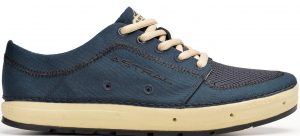
These do double duty and can go from prone paddling to seated drinking with very little time in between since these dry so quickly.
2) Calves
You probably don’t think about the back of your legs very often but let me tell you that you will once you have a solid calf sunburn. Let my experience be the guide: cover your legs. Even in the hottest environments, a pair of bike tights or non-cotton yoga pants will do wonders to keep your skin from turning three shades of red.
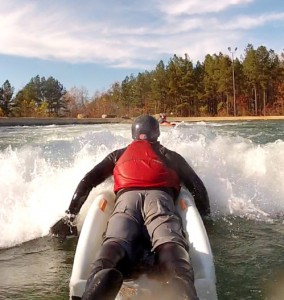
3) Shorts
I wear boardshorts over my wetsuit, though I’ve heard that this gets you made fun of on the coast. It’s quite a practical reason: we are around rocks all the time and rocks abrade fabric. Have you ever heard of tearing your wetsuit on sand? I didn’t think so. After all, you are paddling a bellyak, so do you really care about what people think? Exactly. You be you.
4) Shirts
My recommendation? Always don a rash guard/long sleeve T shirt. Again, this is as much about sun protection as anything else. Sure you can go skin to the wind and show off your awesome sleeve tattoo, but in my experience I get the worst sunburn when I’m playing in the water because a) I can’t feel the sun’s heat as much and b) I’m having fun so I’m not paying attention to things like this.
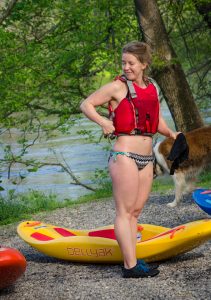
5) PFD
There is some debate in the prone paddling world about PFD usage. Here’s our thoughts: WEAR ONE. We always wear PFD’s. We paddle mostly in freshwater, that is moving, that has rocks. Also, the bellyak was developed with the PFD in mind: the curve of the body area is ergonomically designed to accomodate a rider wearing a PFD.
Our hands down all time favorite PFD, designed for women but works no matter what bathroom you choose: the Astral Layla. This vest has a flat front, multiple adjustment points for getting the perfect fit dialed in regardless of torso length/etc., and is also easy to get on and off with it’s convenient side zip.
While this is our preferred PFD, anything that has low profile front and is comfortable for prone paddling will work great. Just do us a favor and make sure it fits properly with all straps adjusted. PFDs are like seatbelts: you hope you never need them but if you do, make sure they’re buckled!
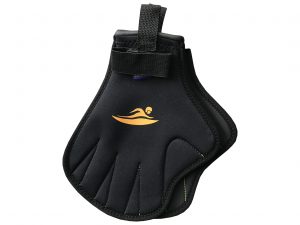
6) Gloves
We love the Bellyak Flow Gloves, because they are purpose built for Bellyaking. You can also use your bare hands, inverted flip flops, or any number of webbed gloves out there. Again, fit is important, gloves that are too big will ‘flop’ around and not be as efficient in the water.
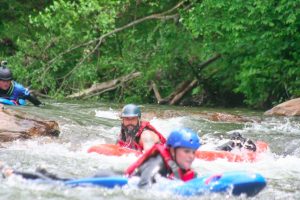
7) Helmets
We wear helmets when we paddle whitewater. Again, rocks hurt, especially if you hit them with your head. We are big fans of Shred Ready’s Session Helmet and it’s is what we use for all of our classes. and their Scrappy version also looks stylish and is suited for belly kayaking. Make sure that whatever helmet you choose it doesn’t have a visor that impedes visibility while paddling prone.
8) Thermal Gear
We go out in all sorts of conditions because we love it, and because there is gear out there that makes it comfortable. On a budget and have to buy one piece of gear? A 3/2 full wetsuit is going to be the most versatile for spring/summer/fall paddling in most of the world. You can find great deals on these all over the internet, often for less than $100. Get a wetsuit designed for surfing, if it has knee pads, that’s an added bonus for durability.
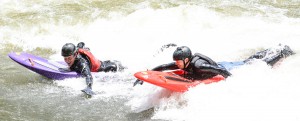
Prone River Surfing, Jaws on the Nolichucky River in Erwin TN
What do I wear? I have an NRS Radiant 3/2 that is lined with fleece. This is hands down one of my most favorite pieces of gear. The fleece lining keeps the clammy wetsuit feeling a thing of the past, and the full protection afforded by this piece of gear gives me confidence to tackle anything.
For the in between seasons/mornings/evenings: I use NRS 1.5 mm Hydroskin. I have the pants and the zip up jacket. This combination allows me to mix and match as necessary.
For the dead of winter, nothing beats a drysuit. Being able to stay warm and dry on the inside while your suit protects you from the cold water is invaluable. This is a pricey option, but for those ready to paddle year round, and those who want a super versatile piece of gear, a drysuit is worth the investment. We’ve had luck with Immersion Research and Kokatat. Bellyaking is quite hard on gear, so we’ve found that it doesn’t take long to wear off the water repellent finish on some drysuits, making them dampsuits. We hope to own a Gore Tex Kokatat one day, to see if there really is such a thing as a ‘dry’ suit!
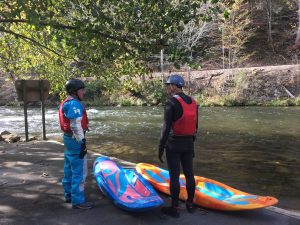
And no matter what Billy Ray tells you down at the river, two pairs of bluejeans and a hoodie DO NOT MAKE YOU WARMER ON THE WATER. Synthetic fabrics only people. It’s 2018. You should know this.
Happy Paddling!
Adam
Bellyak Founder and World Champion
